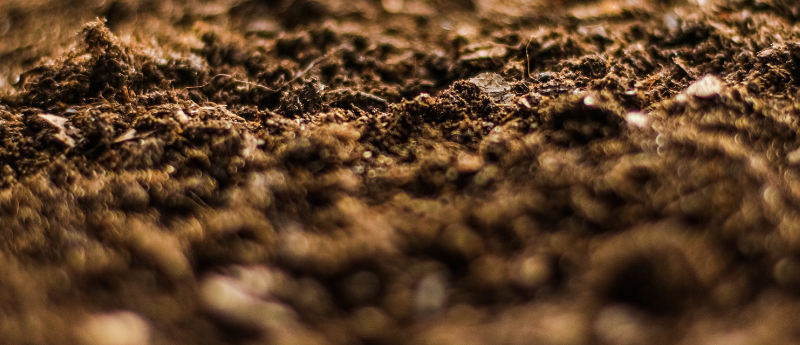Another one bites the dust! What the life cycle of microbes could teach us about carbon storage

A team of researchers have been awarded $15 million to understand how the Earth’s climate depends on how much carbon is stored by microbes in the soil and how much is released when they die.
A team of researchers based in California and led by the Lawrence Livermore National Laboratory (LLNL; CA, USA) have won a $15 million “Microbes Persist” award from the Department of Energy’s Biological and Environmental Research Genomic Sciences Program to study the life cycle of microbes and the vast reserves of carbon that they hold. By studying which microbes are growing and which are dying in response to shifts in the Earth’s climate, they may be able to find predictors for when this carbon will be released into the atmosphere.
 The fungicide-resistant pathogen causing trouble among the tulips
The fungicide-resistant pathogen causing trouble among the tulips
Eight strains of azole-resistant Aspergillus fumigatus (A. fumigatus) – a pathogenic fungus that infects humans – have been identified on a tulip bulb imported to Japan.
Jennifer Pett-Ridge, the lead investigator at LLNL said, “Our fate is bound up with soil carbon, and its fate is bound up with these intricate microbial communities, whose individual capabilities and interactions we are only beginning to understand. Using new tools, some of which this team developed, we are asking: how can understanding the microbial lives unfolding in soil tell us about the future of carbon?”
The study aims to replicate conditions in California’s climate and will utilize a combination of metagenomics and stable isotope tracers to observe the cascade of changes in how microbes grow, evolve and die under these conditions. The team will also monitor the effect on how genes change and are expressed in the microbiome as a result, allowing them to recognize which genes function to keep carbon stored and what causes its release.
Prior to this announcement, the team had recently published a study where they were the first to administer quantitative stable isotope probing (qSIP) to soil, which revealed that soil viruses were the most active in these communities.
“We are now seeing the effects of climate change in our day to day lives, whether it’s wildfire smoke or a drought-depleted reservoir,” Pett-Ridge explained. “Microbes are experiencing stresses from some of the same effects. We want to understand how that stress alters their living, growing, and dying, and what that means for the huge reservoirs of nutrients and carbon held in soils.”





